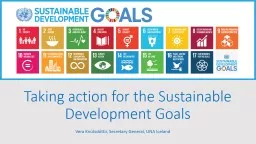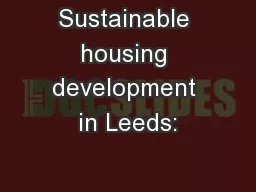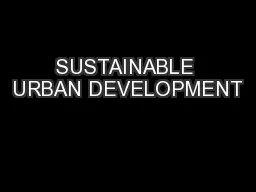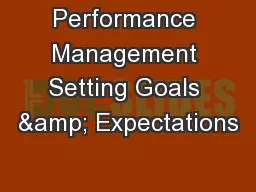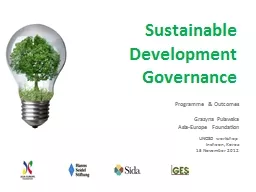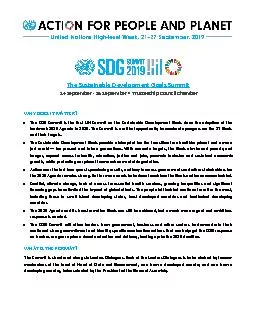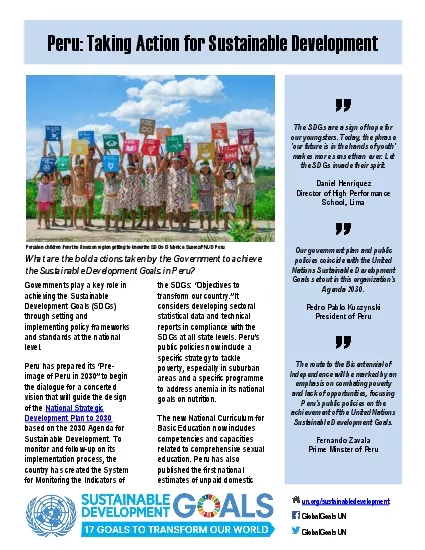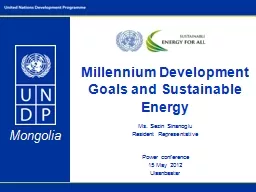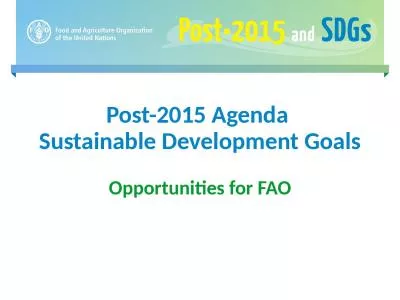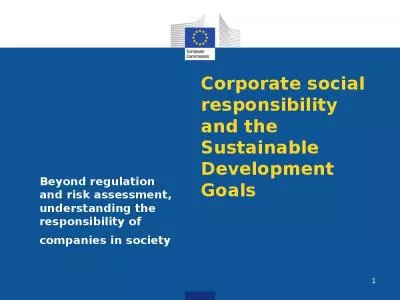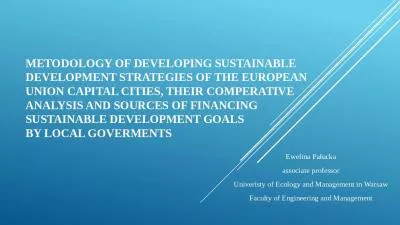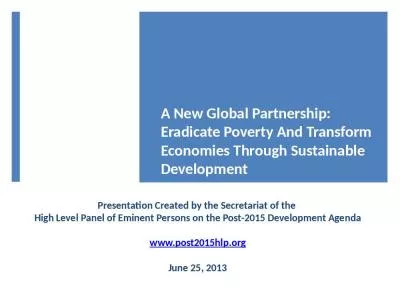PPT-Taking action for the Sustainable Development Goals
Author : min-jolicoeur | Published Date : 2018-12-04
Vera Knútsdóttir Secretary General UNA Iceland End poverty in all its forms everywhere More than 1 in 5 live on less than the target figure of 125 a day Poverty
Presentation Embed Code
Download Presentation
Download Presentation The PPT/PDF document "Taking action for the Sustainable Develo..." is the property of its rightful owner. Permission is granted to download and print the materials on this website for personal, non-commercial use only, and to display it on your personal computer provided you do not modify the materials and that you retain all copyright notices contained in the materials. By downloading content from our website, you accept the terms of this agreement.
Taking action for the Sustainable Development Goals: Transcript
Download Rules Of Document
"Taking action for the Sustainable Development Goals"The content belongs to its owner. You may download and print it for personal use, without modification, and keep all copyright notices. By downloading, you agree to these terms.
Related Documents

